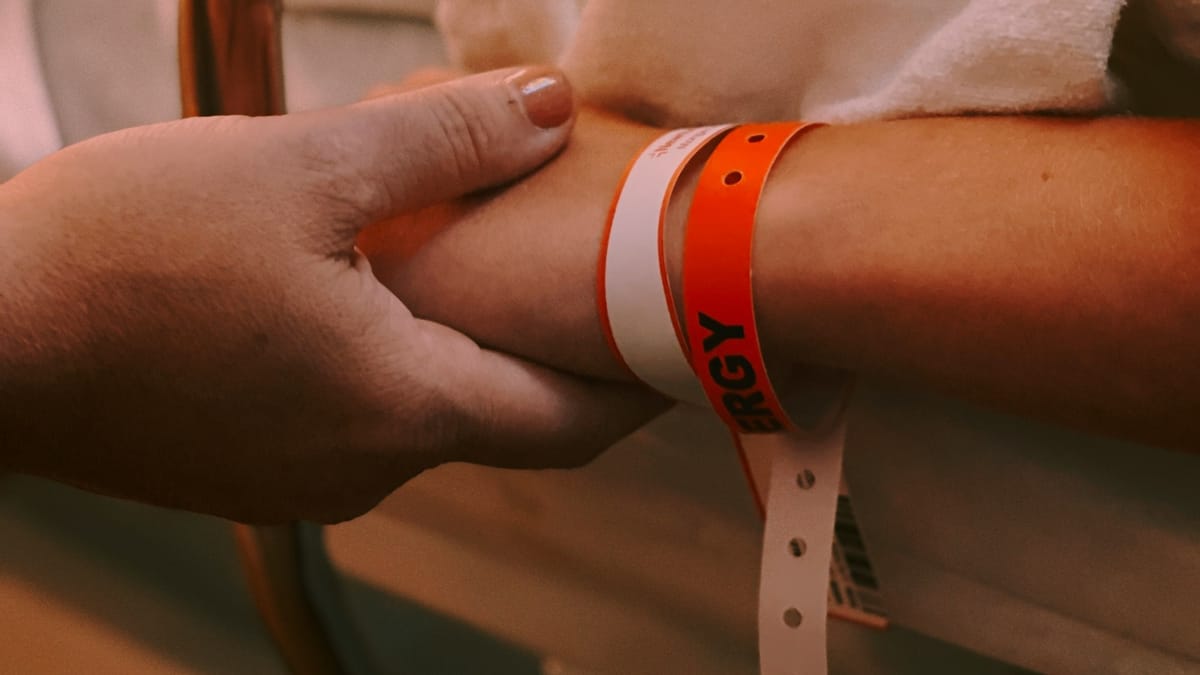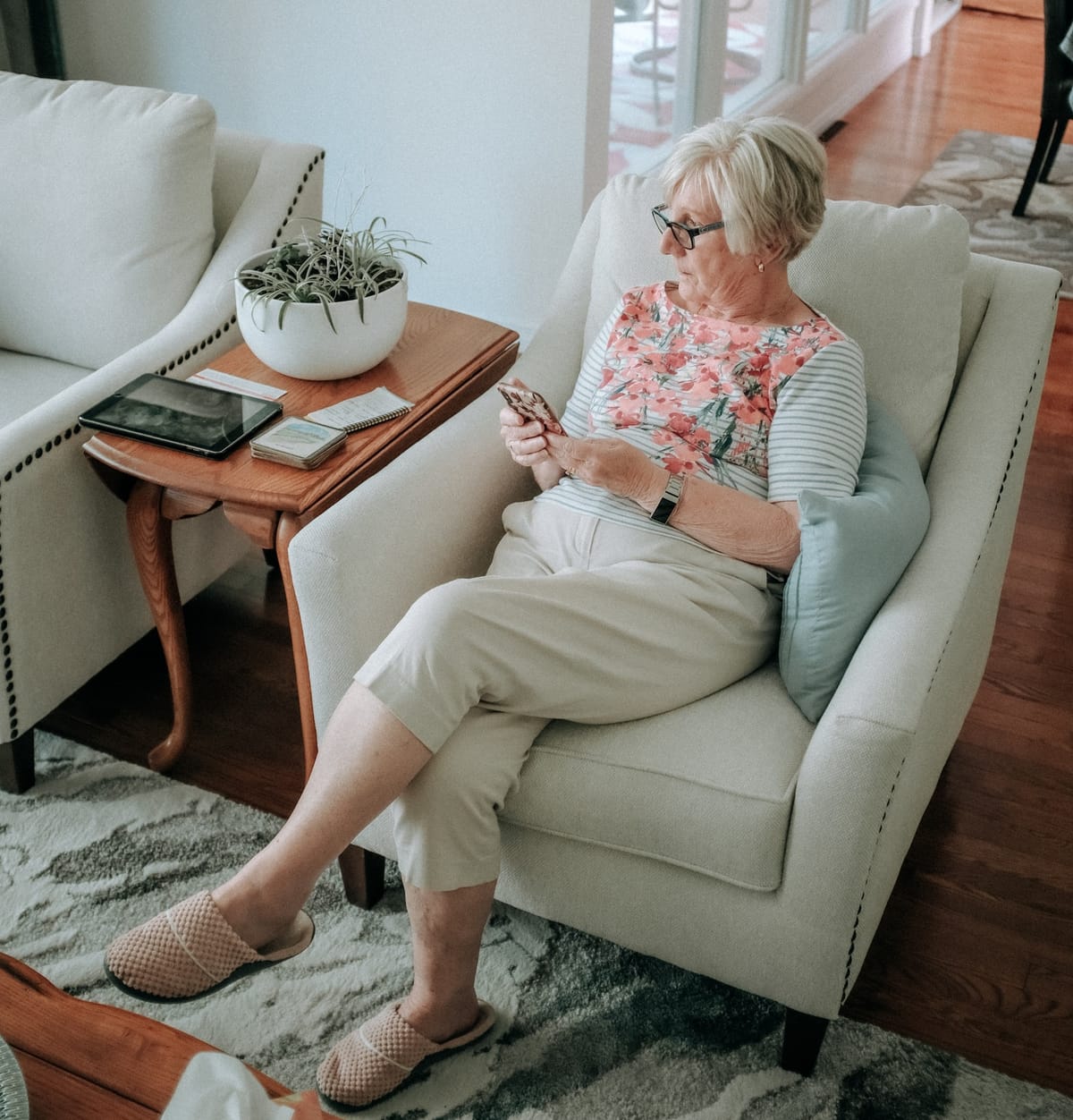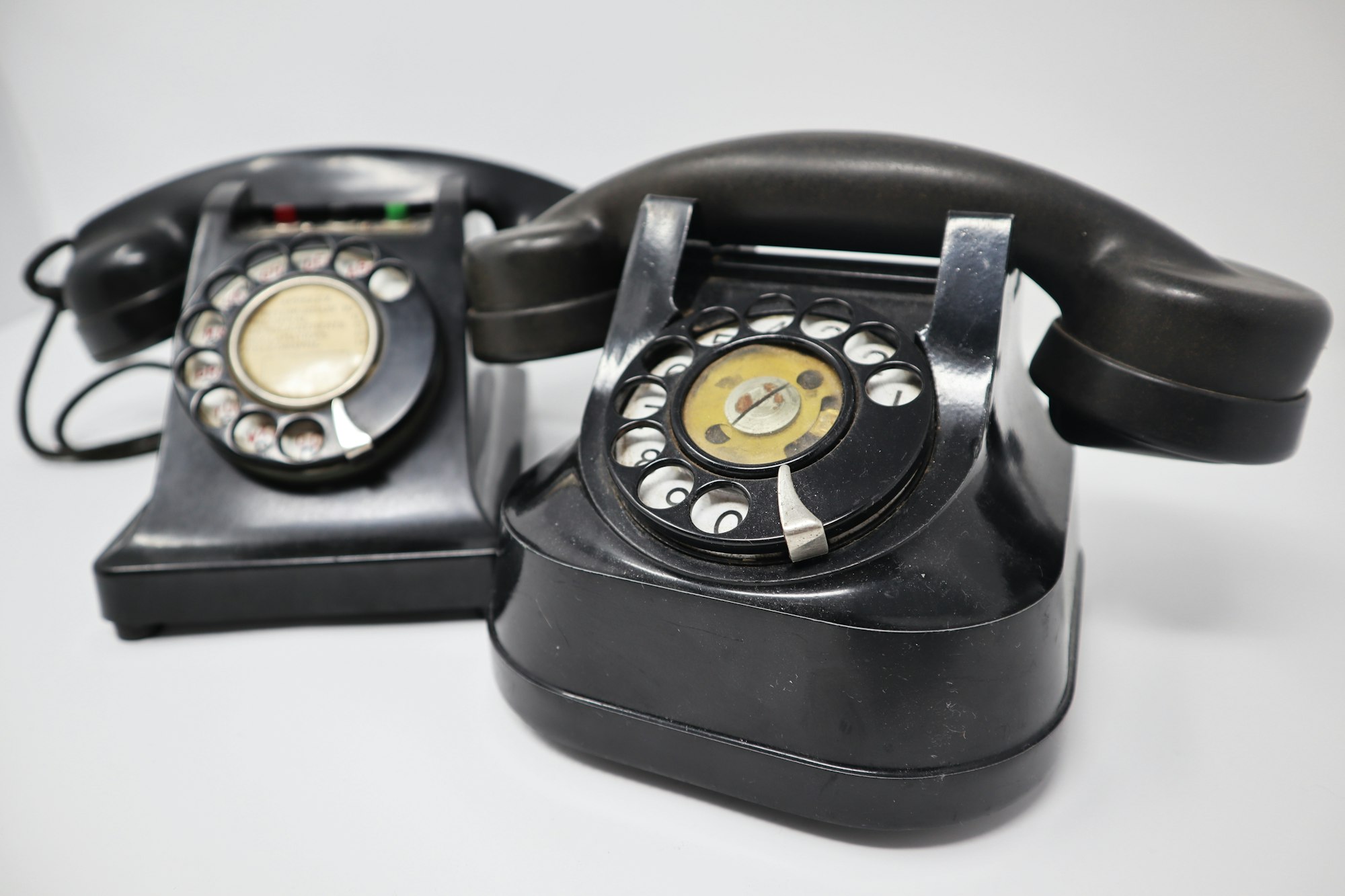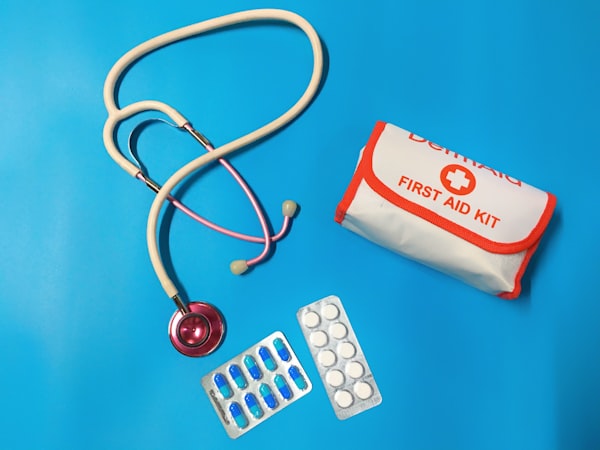Being Prepared for Any Emergency: Tips & Checklists for Family Caregivers
Being prepared for an unexpected trip to the emergency room can save time, decrease stress, and even improve treatment.

Being prepared for any emergency can be a challenge for a family caregiver. We have solutions to help you be prepared and decrease your stress levels.
1. Maintain an Updated Medical Information File:
- Create a comprehensive file that includes:
- Diagnosis of chronic medical conditions.
- Results of previous medical tests.
- A list of your allergies.
- An updated list of your current medications.
- Names and contact information for your healthcare providers, family, and friends who may need to be reached in case of an emergency.
- Keep this file readily accessible, as even in moments of stress, you may forget critical health information.
2. Prepare for the Unexpected:
- As a family caregiver, there are proactive steps you can take to make a significant difference in such situations.
- Being prepared allows you to focus on your family member’s well-being.
- If the emergency involves a close family member, consider asking someone to accompany you. In stressful situations, you may not be in the best frame of mind to make decisions or fully understand the information provided.
3. Communication within the Emergency Room:
- When inside the emergency room, you might encounter nursing staff and doctors you’ve never met before.
- They may order tests that seem to take a long time to complete. Don’t hesitate to ask for an explanation of each test and why it’s taking time.
- Building a good rapport with the ER staff can help move things along, but keep in mind that lab work can often be time-consuming.
4. Specialist Consultation:
- If your family doctor is unavailable for consultation, the ER doctor may recommend specialists.
- While the ER may have a call roster for suggested specialists, you can request a specialist you are familiar with if you have one in mind.
- Thorough research and having knowledge of potential specialists can be invaluable in such situations.
5. The Importance of Being Prepared:
- The hospital staff will appreciate your readiness, as you’ll have all the information they need readily available.
- Being prepared not only saves time in a crisis but also reduces stress and anxiety for everyone involved.
In conclusion, staying prepared for a medical emergency can bring peace of mind and enhance the efficiency of your visit to the emergency room. Create a checklist today and rest easier knowing you are ready to handle unexpected situations.
Building a Basic Disaster Supplies Kit
Building a basic disaster supplies kit is a crucial step in emergency preparedness. An emergency supply kit, also known as a disaster supplies kit or emergency kit, is a collection of essential items that your household may need in the event of an emergency. This kit should include basics such as water, non-perishable food, a first aid kit, a flashlight, a battery-powered radio, and personal hygiene items.
When assembling your kit, consider the unique needs of your family. This might include supplies for pets, seniors, or infants. It’s also important to store your kit in an easily accessible and portable container, such as a plastic bin or a duffel bag. Regularly check the expiration dates of food, water, and medications, and replace them as needed to ensure everything remains safe and usable.
Creating a Family Emergency Plan
Creating a family emergency plan is essential to ensure that everyone in your household knows what to do in the event of an emergency. Start by discussing with your family how to respond to different types of emergencies, how to stay informed, and how to contact each other if separated. Your plan should include specific actions for various scenarios, such as natural disasters or medical emergencies.
Review and update your plan at least once a year to account for any changes in your family’s needs or circumstances. Consider downloading a template from the Federal Emergency Management Agency (FEMA) to help you get started. It’s also a good idea to laminate a paper copy of your plan and save an electronic version to a cloud drive and your phone for easy access.
Staying Informed and Prepared
Staying informed and prepared is a key component of emergency preparedness. Knowing where to get reliable information during an emergency can make all the difference. Identify trustworthy sources of information, such as local news stations and emergency management agencies, and follow them on social media for real-time updates.
Consider signing up for emergency alerts to receive critical information directly to your phone. Staying informed about potential hazards in your area, whether natural or man-made, will help you take appropriate actions to protect your family. Being proactive in staying informed ensures you are always prepared for any situation.
Emergency Kit Essentials and Special Considerations
When building your emergency kit, there are several essentials you should include to ensure your family’s safety and comfort. These items include:
- Water (at least 1 gallon per person per day)
- Non-perishable food
- First aid kit
- Flashlight
- Battery-powered radio
- Personal hygiene items
- Extra batteries
- Sturdy shoes
- Fire extinguisher
- Feminine supplies (if applicable)
- Portable container or sleeping bag (if applicable)
Additionally, consider any special needs your family may have, such as medical supplies, pet food and supplies, and baby supplies. Store your entire disaster supplies kit in a waterproof container to protect it from damage and ensure it is easily accessible and portable.
Review and Update Your Emergency Supply Kit
Regularly reviewing and updating your emergency supply kit is essential to ensure it remains effective and safe to use. Check the expiration dates of food, water, and medications, and replace them as needed. Inspect the condition of the kit’s containers and replace them if they show signs of wear and tear.
Update your kit to reflect any changes in your family size, needs, or circumstances. Consider adding new supplies, such as portable chargers or additional emergency alerts. Make sure to review the contents of your kit with all family members and ensure everyone knows where it is located and what it contains. This proactive approach will keep your family prepared for any emergency.

You might also like this article:











